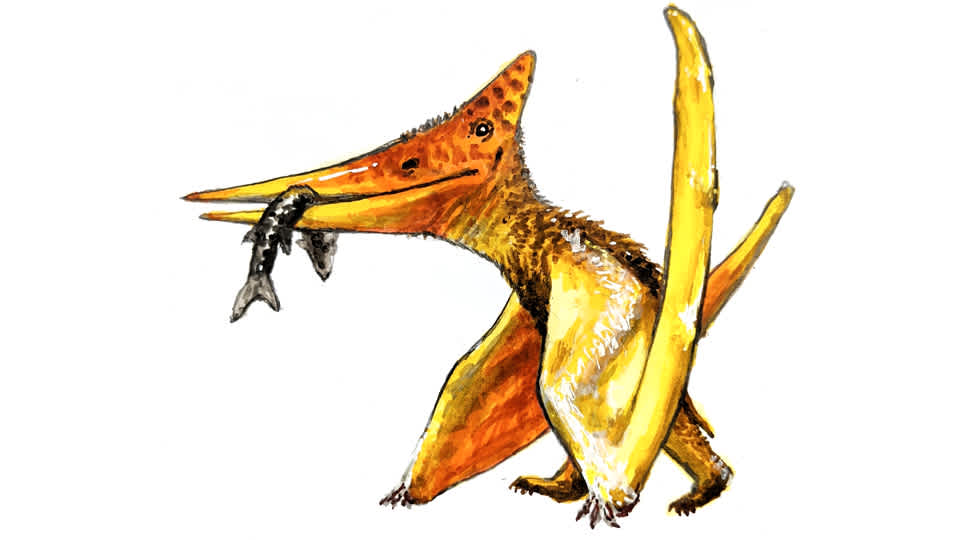
At-home activity: How to draw a Pteranodon
Pteranodon once soared over an ancient sea, now they can walk along your page
From tiny microbes to giant dinosaurs, science presents us with new ideas and knowledge that change our worldviews. One great way to understand science is through art.
Follow these guidelines to learn how to draw Pteranodon longiceps, a flying reptile that snatched fish from ancient shores 70 million years ago.
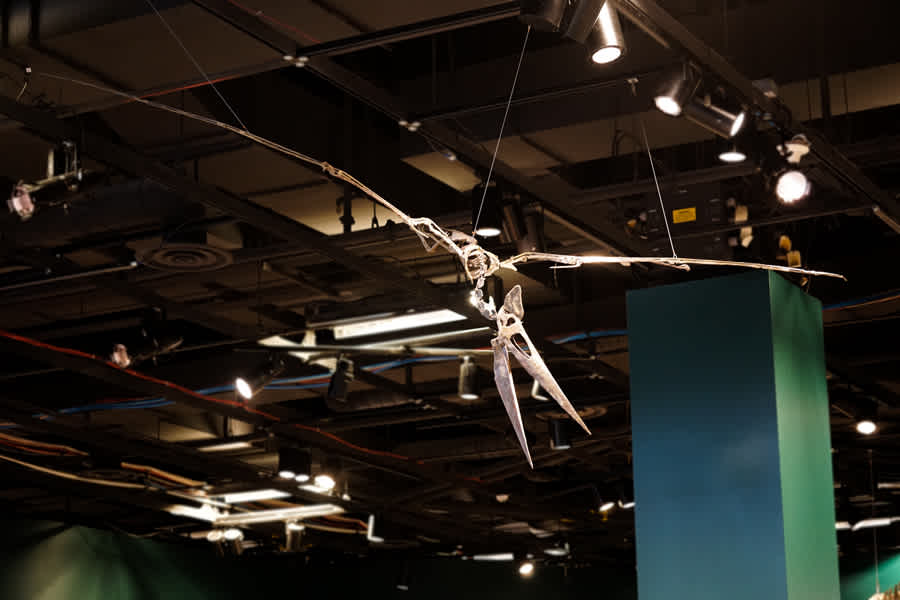
We love seeing your paleoart, so please make sure to tag us on social media once you've completed your Pteranodon masterpiece. And before you get started, watch Dr. Alex Hastings explain why we can draw Pteranodon both walking and flying.
1. Start with a few lines and circles to figure out how you want the animal to stand. It might help to draw a line for the ground where the Pteranodon will be walking. Fun fact: Pteranodon could walk and fly! Learn more from Dr. Alex Hastings in a quick video.
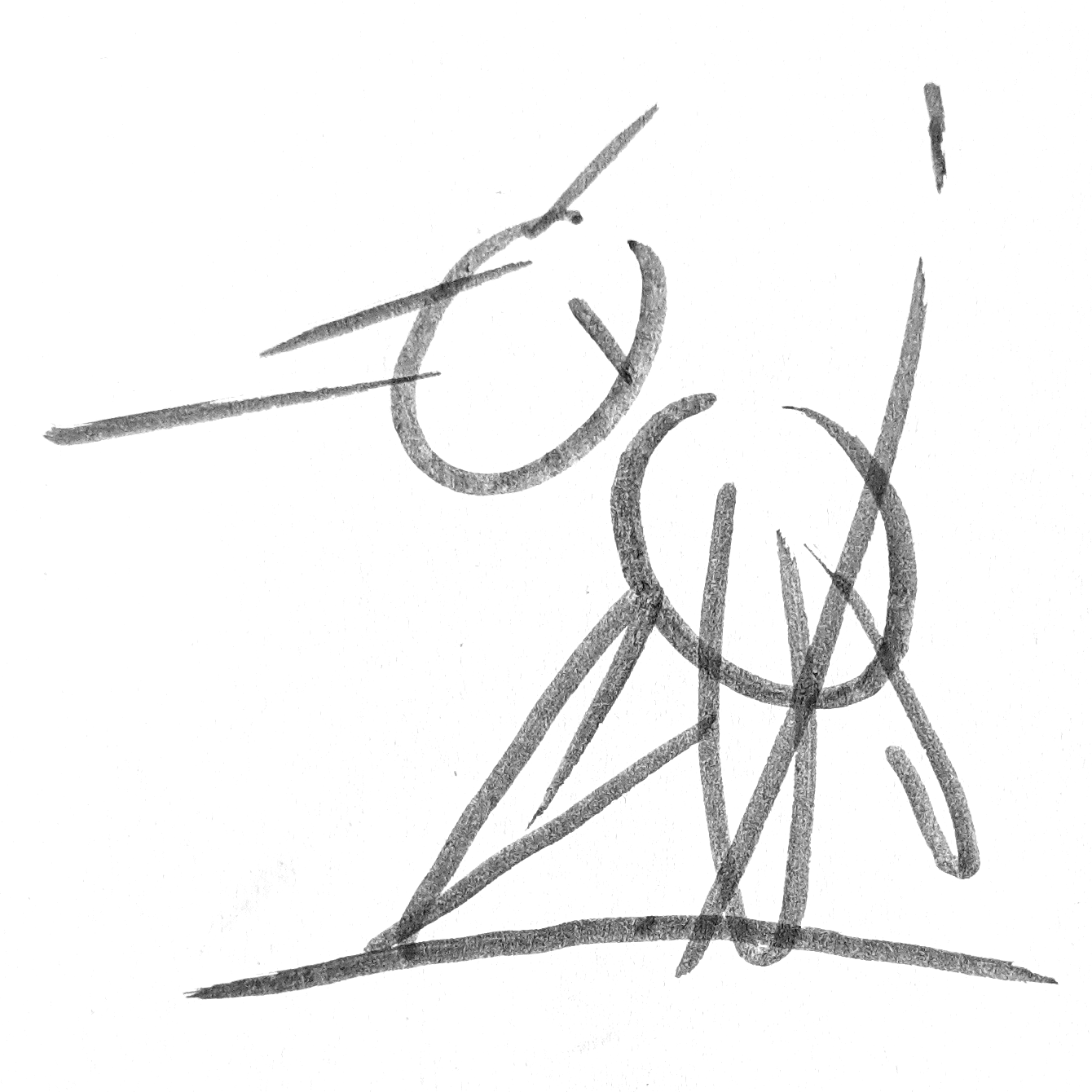
2. Add some details for where the eyes will be and add ovals where the neck, elbows, and feet will be. Remember that Pteranodon has really short legs compared to its long beak and wings!
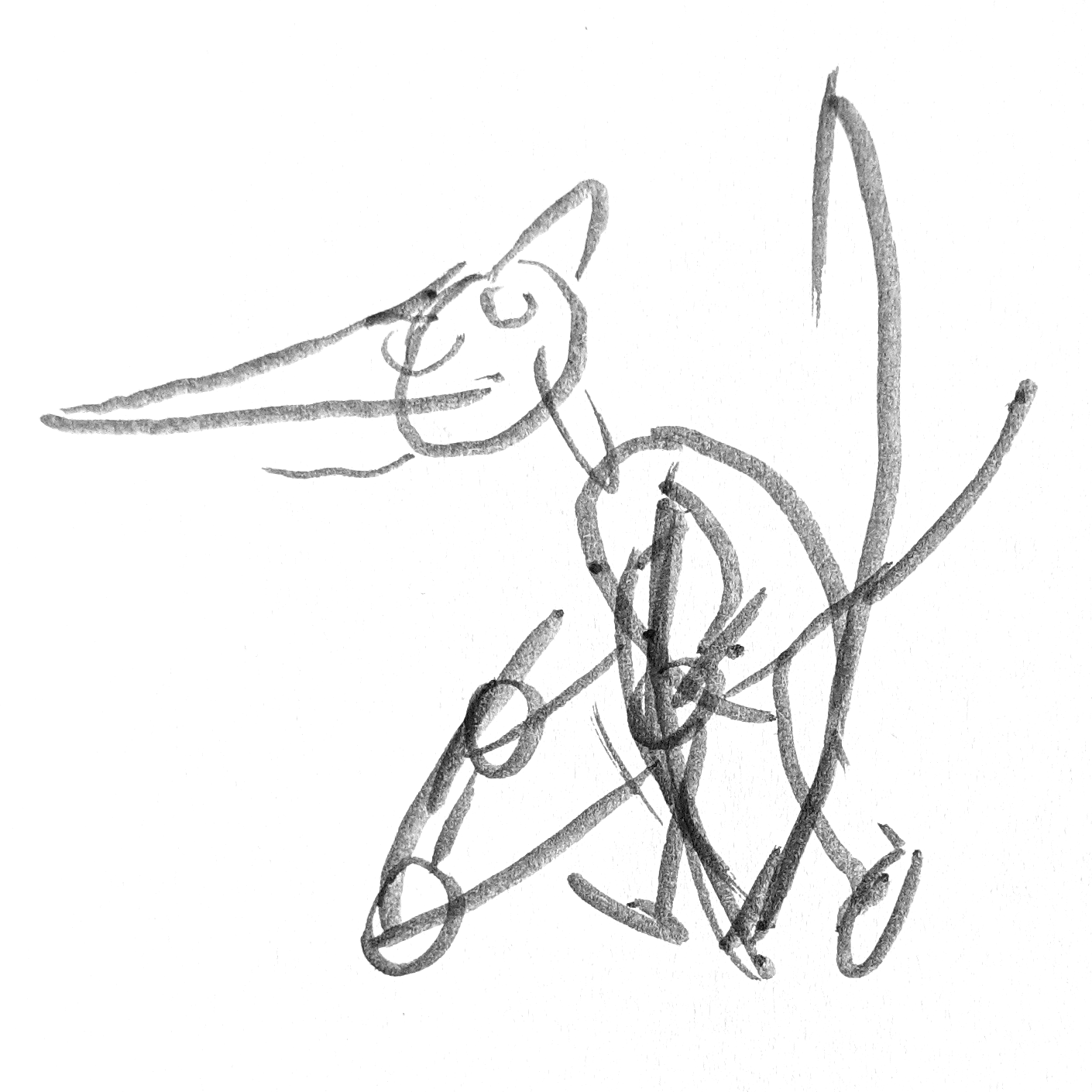
3. Start to outline the head, body, and wings of the animal. Pteranodon has a very short tail, four toes on its feet, and three small fingers with claws on its wing.
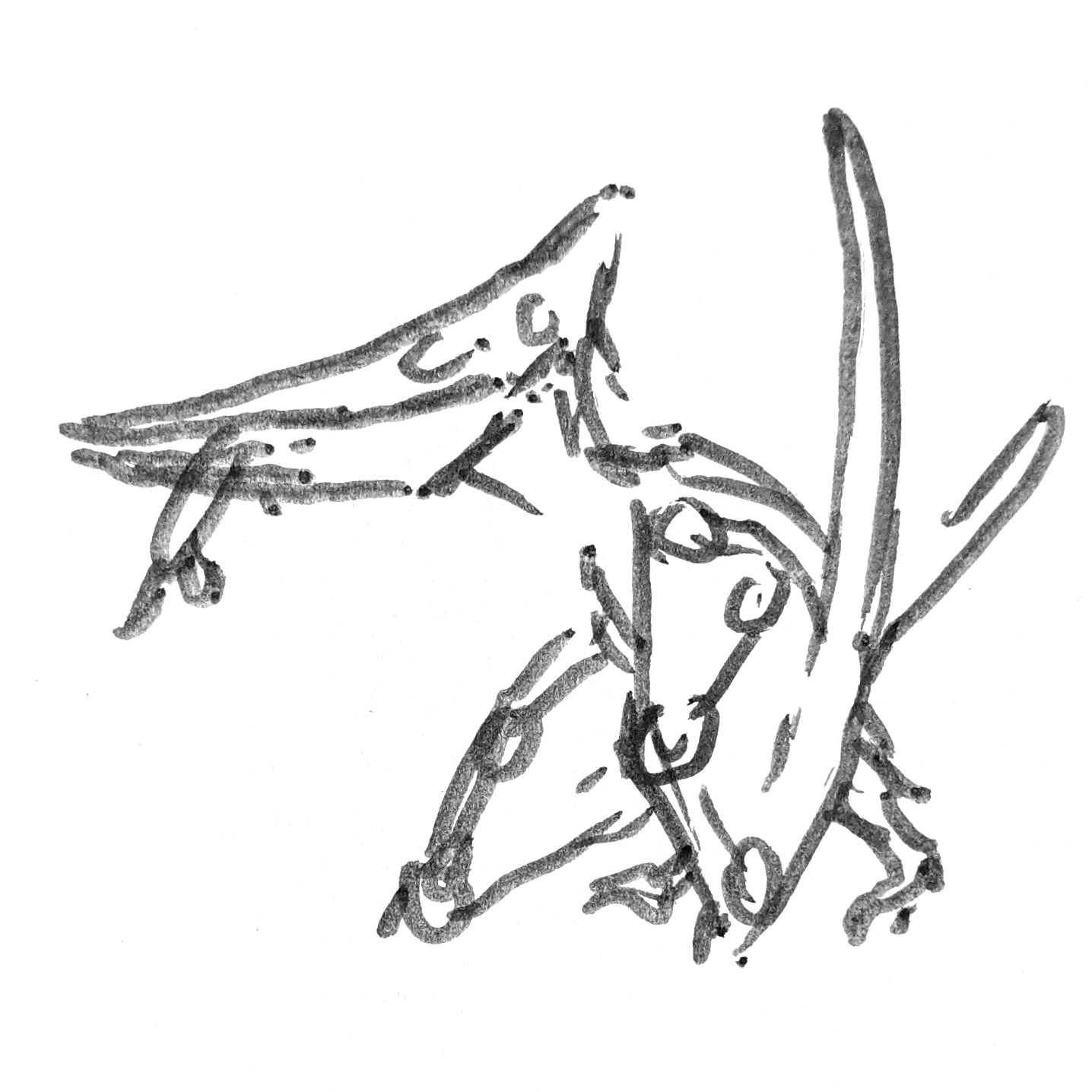
4. Keep working on the outline and add more details. In this drawing, you can start to see that Pteranodon was covered in fur, and it's walking along with a fish it caught.
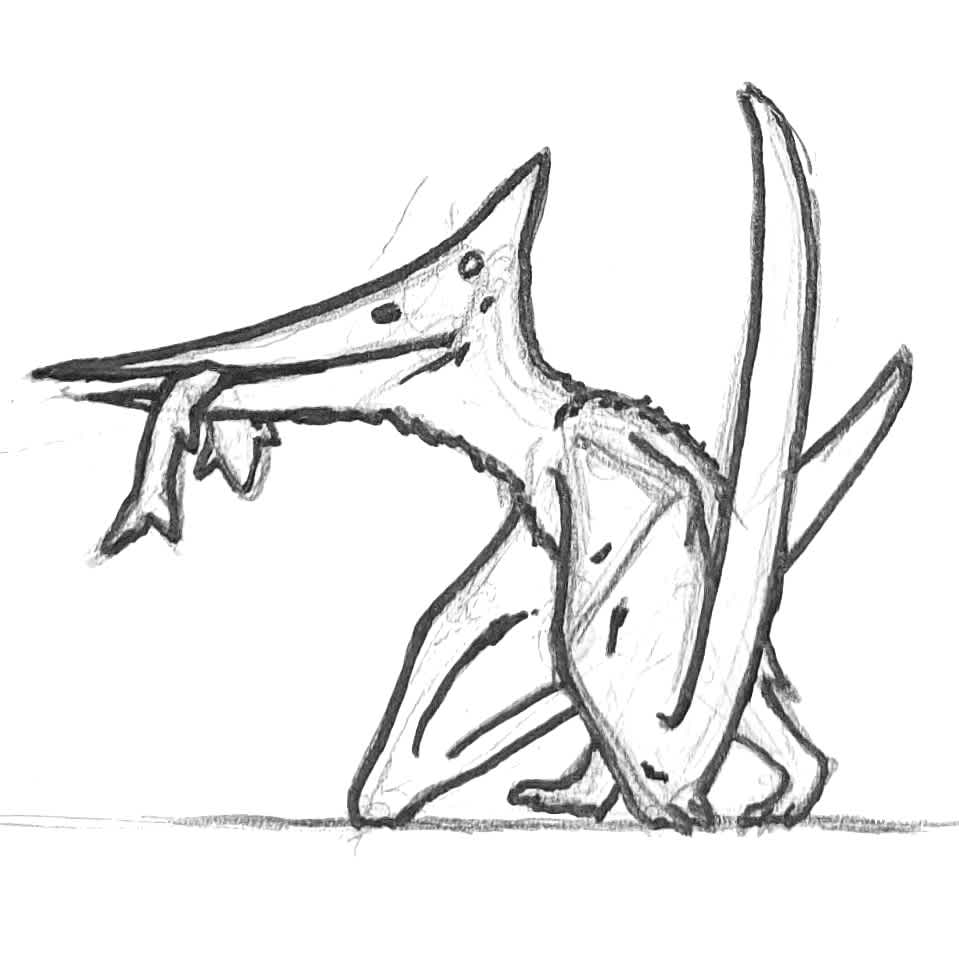
5. Now you can color in your Pteranodon! We used yellows, browns, and reds here, but scientists aren't sure what color it was.

Wow, you drew a Pteranodon! After sharing it with us, try your hand at drawing a boreal crocodile or print one of our fun science coloring pages.
P.S.: We're adding more pterosaurs (cousins of Pteranodon) to our Dinosaurs & Fossils gallery. At over 17-feet tall, our new Quetzalcoatlus will surely be a sight to behold. Stay tuned!